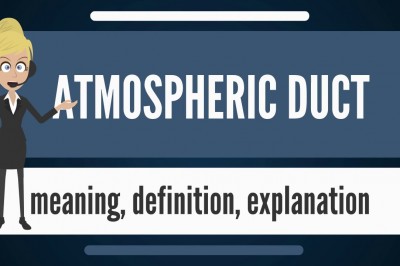How does an Optical Fiber Work?
A fiber optic cable is a glass tube which acts as a medium for transferring information (digital data) between a source and destination. Until 1970s data transmission as in telephone was carried out by copper cables. A copper wire uses free electrons to transmit data. However there is a problem of interference amongst adjacent copper wires (if more than one wire is installed in the same place), further copper cables are very lossy. Starting 1970 fiber optic cable were used for transmitting data, since then they have replaced copper cables in almost all areas. Now days almost all of the internet traffic, mobile phone and land line phone traffic is transmitted over fiber cables. An optical fiber cable has several advantages over its counterpart copper cable like no interference, less noise, easy handling, light weight, rust free etc. But How does an Optical Fiber works, what is the physical principal behind its working. First of all, unlike copper cable an Optical fiber uses light and not electricity to transmit digital information. The principal of working of fiber optic cable is Total internal Reflection (TIR) unlike drift of free carriers as in copper cable. In order to understand TIR first we should know what material it is made of. A fiber cable is mostly made up of glass (silica). It has three distinct regions. The innermost is called Core, which is surrounded by Cladding, and both of which are surrounded by a protective covering called jacket. The jacket is made up of PVC and its only role is protection of underlying glass fiber and does not play any role in transmission of information. The core is of higher refractive index relative to the cladding. During manufacturing some impurities are intentionally doped in pure glass to vary its refractive index to make the core and the cladding region. So when light is incident from denser (core) to rarer (cladding) medium with angle of incidence greater than the critical it is reflected inside the core rather than refracting in the cladding. Thus the light ray incident at the core-cladding interface is trapped inside the core and reached the output end thus allowing the transmission of optical data.



























